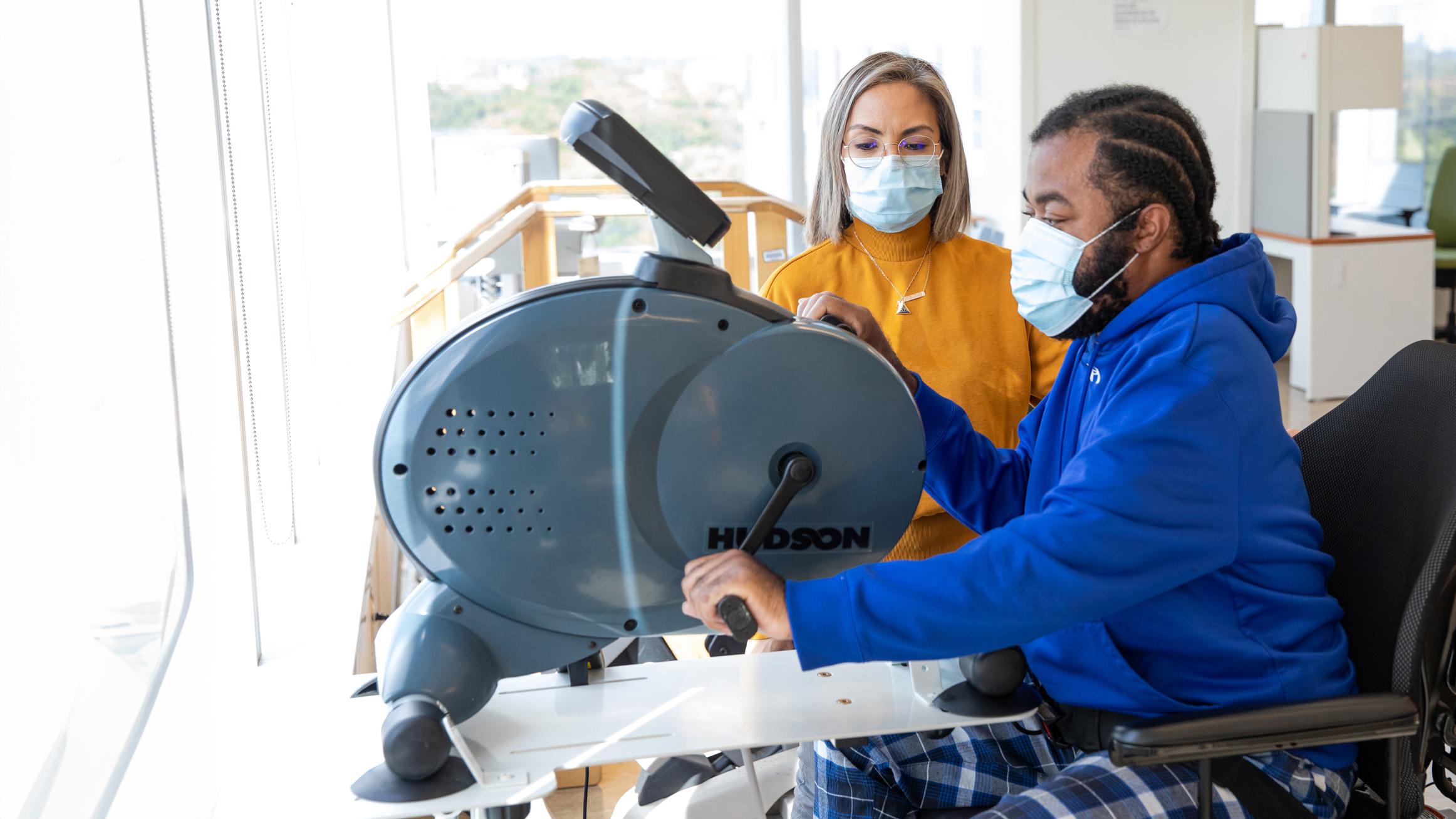Vertigo
Learn more about vertigo and how it is treated.
Overview
Benign paroxysmal positional vertigo (BPPV) is the most common type of vertigo.
It is a benign (not life-threatening) balance disorder of the inner ear that causes sudden, or paroxysmal, episodes of mild to severe vertigo.
It is called positional vertigo because it is triggered by changes to your head’s position. These positions include tipping your head up or down, lying down, turning over or sitting up in bed.
Symptoms come and go, usually lasting less than a minute. Episodes can also disappear for some time and then recur.
Symptoms of BPPV
The following signs and symptoms may indicate that you have vertigo:
- Dizziness
- Nystagmus (jumping eyes)
- Loss of balance or unsteadiness
- Nausea and/or vomiting
Causes
BPPV is caused by tiny calcium crystals, called otoconia, dislodging from their normal location in a sensory organ in the inner ear called the utricle.
These crystals can move into the semicircular canals of the ear, causing shifts that lead to dizziness and nausea.
Managing at home
The most effective treatments for BPPV are physical maneuvers (movements) that reposition and remove the crystals from the semicircular canal. One of the most effective maneuvers is called the Epley maneuver.
If your right ear is affected, follow these steps:
- Sit up in bed with a pillow behind you. Make sure there is enough room behind you to lie down. When you lie down, your shoulders should be on the pillow.
- Turn your head to the right and lie back. Stay in this position for about one minute or until symptoms stop.
- Without lifting it, turn your head to the left for about one minute.
- Turn your whole body to the left and continue turning your head so your nose points to the floor next to the bed for about one minute.
- Sit up slowly on the left side with your legs over the edge of the bed. Tilt your head forward for about one minute.
If your left ear is affected, follow these steps:
- Sit up in bed with a pillow behind you. Make sure there is enough room behind you to lie down. When you lie down, your shoulders should be on the pillow.
- Turn your head to the left and lie back. Stay in this position for about one minute or until symptoms stop.
- Without lifting it, turn your head to the right side for about one minute.
- Turn your whole body to the right and continue turning your head so your nose points to the floor next to the bed for about one minute.
- Sit up slowly on the right side with your legs over the edge of the bed. Tilt your head forward for about one minute.
Your health-care provider will review the Epley maneuver with you for your affected ear. Your care team may recommend doing the maneuver three times a session, for three sessions a day, until you have been symptom-free for 24 hours.
Please see the guide in the additional resources section for more details on how to perform the Epley maneuver.
When to return to the ED
Return to the Emergency Department if you have any of the following symptoms:
- New, different or severe, persistent dizziness
- New, different or severe headache
- Fever
- Loss of vision or vision changes
- Difficulty speaking
- Numbness or tingling
- Leg or arm weakness, or difficulty walking
- Loss of consciousness
- Seizures
Additional resources
These evidence-based resources provide more information about BPPV:
- Benign Paroxysmal Positional Vertigo: A brochure on BPPV from our colleagues at University Health Network.







